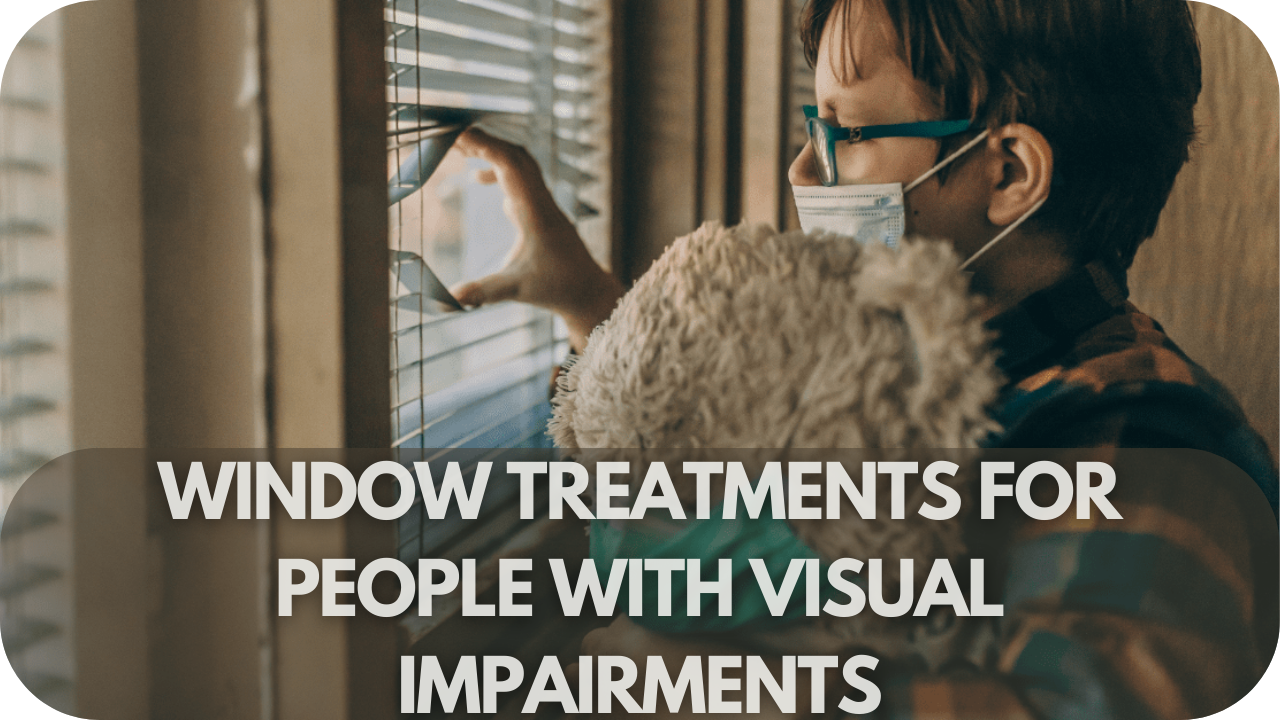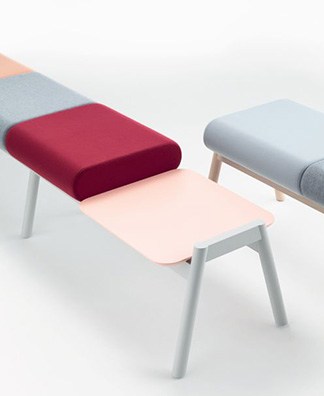A close family member with visual impairments moved in, and suddenly, I saw how crucial window treatments are for accessibility and comfort. It wasn’t just about controlling light and creating a functional, easy-to-navigate space.
Glare reduction and simple operation became vital considerations. Curious about how the right treatments can transform living spaces for those with visual challenges? Let’s explore how thoughtful choices can make a difference in enhancing comfort and accessibility.
Key Features of Accessible Window Treatments

Not all window treatments are created equal, especially for those with visual impairments. To ensure optimal accessibility and comfort, consider these key features:
- Cordless Operation: Choose cordless options like motorised blinds or shades with a remote control or smart home integration to eliminate the risk of tripping or entanglement.
- Easy-to-Grip Controls: Large, textured handles or knobs provide a secure grip for those with limited dexterity or reduced vision.
- Simple Operation: Window treatments should be simple, often with a user-friendly mechanism. Consider options with large, tactile controls or motorised systems that can be operated via remote control or smartphone apps.
- Light Filtering Options: Choose fabrics or materials that diffuse light and reduce glare, creating a softer, more comfortable environment.
- Tactile Markings: Features like tactile markings on controls or cords help users quickly identify and adjust window treatments. This can include textured surfaces or braille labels for additional guidance.
- Visual Contrast: High-contrast designs between window treatments and walls can help users with partial vision locate and adjust the treatments. Contrasting colours or patterns also makes identifying and interacting with the window coverings easier.
- Consistency in Light Control: Choose treatments that offer consistent light control to help users manage brightness without frequent adjustments. Options like cellular shades or blinds with precise slat adjustments can provide predictable and reliable light levels.
Types of Window Treatments Suitable for Visual Impairments
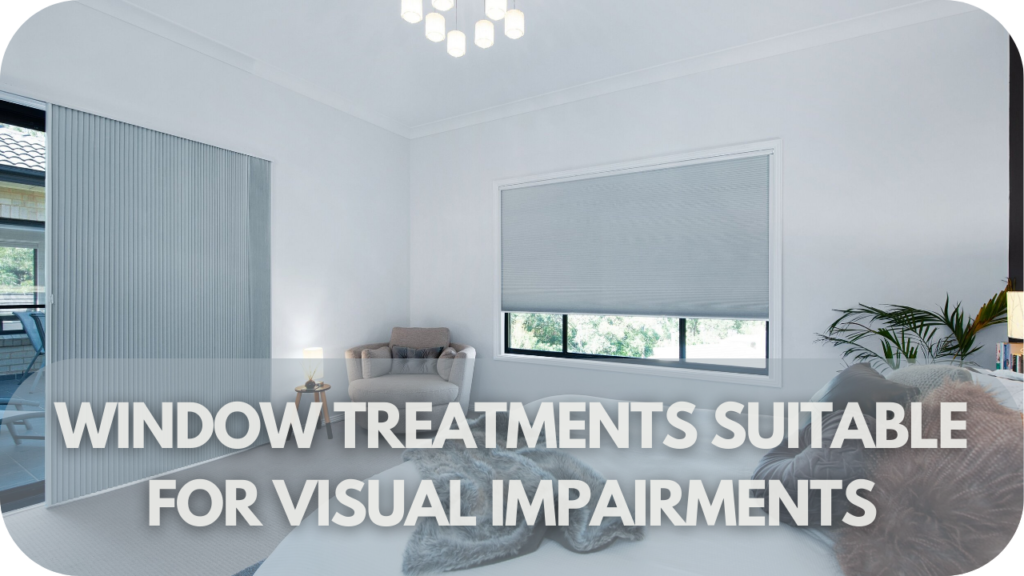
When selecting window treatments for individuals with visual impairments, it’s essential to consider features that enhance accessibility, ease of use, and safety. Here are some types of window treatments that are particularly suitable:
1. Motorised Blinds
Motorised blinds offer convenience and ease of use, ideal for individuals with visual impairments. Operated via remote control or smartphone apps, they eliminate the need for manual adjustments.
Users can set and adjust the blinds with a touch or voice command, ensuring consistent light control without physical strain. This technology provides both accessibility and enhanced comfort, making it a practical choice for modern living spaces.
2. Cellular Shades
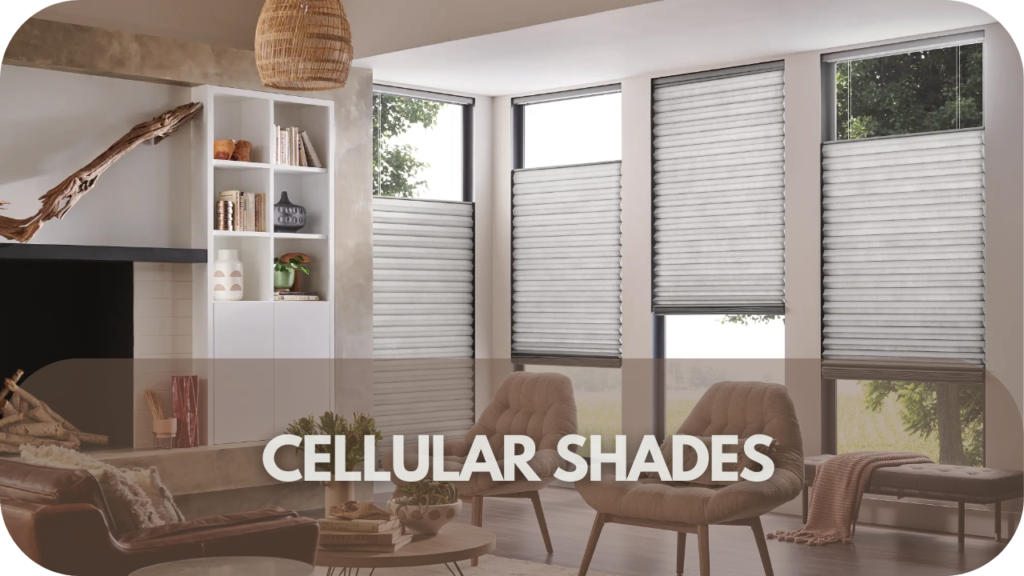
Cellular shades, also known as honeycomb shades, are great for visual impairments due to their ease of operation and light-diffusing properties. They reduce glare and provide consistent light control, which can help in creating a comfortable environment.
The pull cords can be replaced with motorised options or large, easily grasped handles to simplify adjustments, ensuring users can manage their window coverings with minimal difficulty.
3. Vertical Blinds
Vertical blinds offer straightforward operation and can be adapted with accessible features. They are available with large, easy-to-grip control chains or motorised mechanisms.
The vertical orientation allows for smooth movement and precise light control, making them suitable for large windows or sliding doors. Their design can be adjusted to minimise glare and provide a clear view, enhancing comfort for those with visual impairments.
4. Sheer Curtains
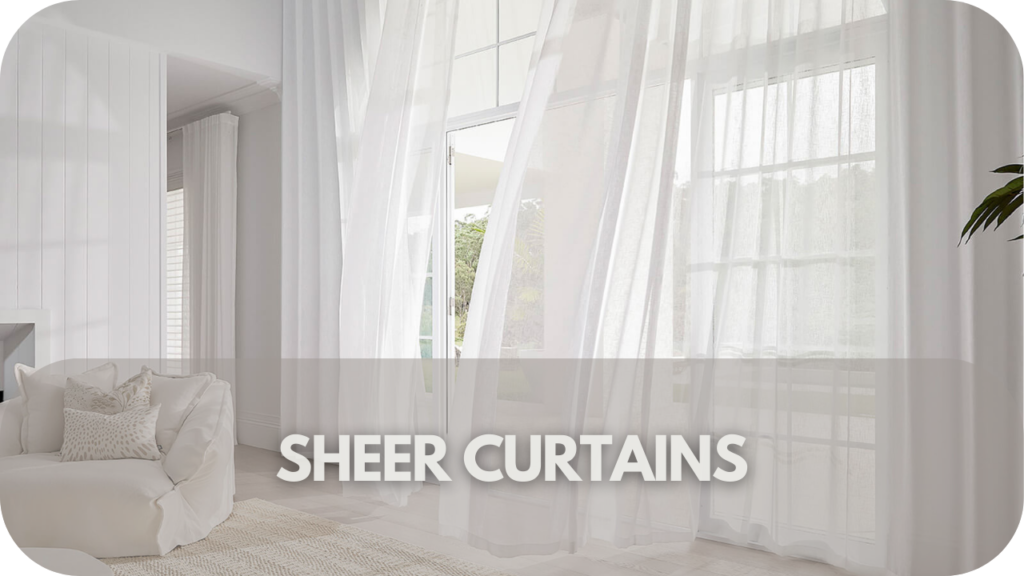
Sheer curtains allow ample natural light while reducing harsh glare, which benefits individuals with low vision. They are easy to operate and can be paired with simple pull mechanisms or motorised systems.
The lightweight fabric makes them easy to handle and maintain. Sheer curtains balance privacy and brightness, making them versatile and accessible for enhancing comfort in various living spaces.
5. Roman Shades
Roman shades combine style with functionality, and their operation can be simplified for accessibility. Available with motorised options or easy-to-handle cord systems, they provide excellent light control and a clean, smooth appearance.
When raised, the fabric folds up neatly, offering a clear view without clutter. Roman shades are practical for those seeking aesthetic appeal and ease of use in their window treatments.
Selecting the Right Materials

Selecting suitable materials for window treatments designed for people with visual impairments involves considering functionality and ease of use.
Opt for sturdy and easy-to-maintain materials. Fabrics like faux wood or high-quality synthetic materials resist wear and tear, making them ideal for frequent use. Durable materials ensure that window treatments remain practical and visually appealing over time.
Choose fabrics that diffuse light evenly, reducing glare and creating a comfortable environment. Light-filtering materials such as frosted or translucent shades help manage brightness without harsh reflections, making it easier for low-vision individuals to navigate and enjoy their space.
Incorporate materials with distinct textures to aid in tactile identification. Fabrics with varying textures or patterns can help users feel and distinguish between different window treatments. Tactile-friendly options like ribbed or textured surfaces enhance usability and accessibility.
Select materials with high-contrast colours to improve visibility and navigation. Contrasting colours between the window treatments and surrounding walls make locating and operating the treatments easier for users. This visual distinction is constructive for those with partial vision.
Opt for materials that are easy to clean and maintain. Washable fabrics or surfaces that can be wiped down with a damp cloth are practical choices. Easy maintenance ensures window treatments stay in good condition and function well, enhancing overall comfort.
Customisation and Personalisation
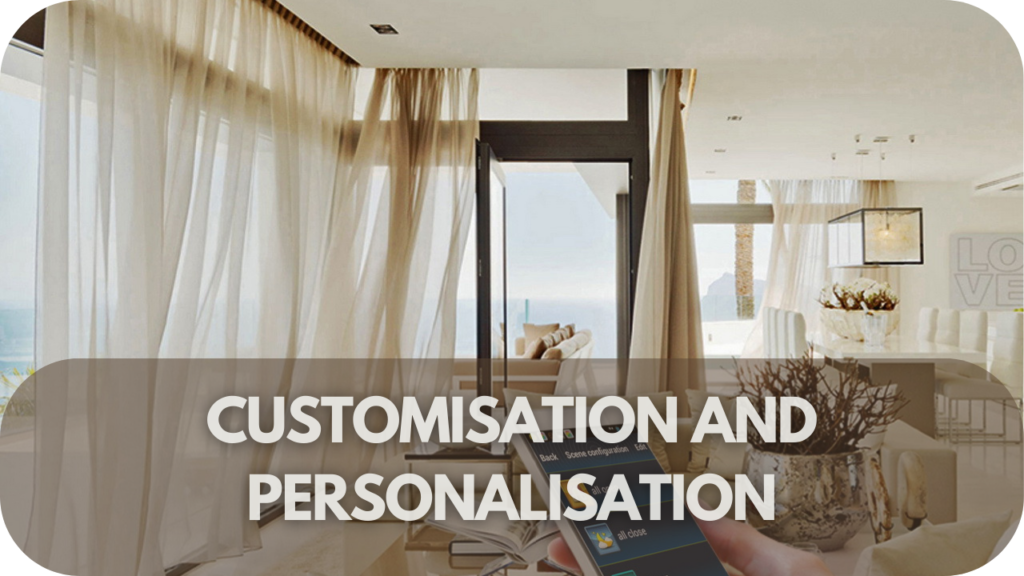
Customisation and personalisation are vital in creating window treatments that meet individuals with visual impairments unique needs. Tailoring solutions involve offering bespoke options that align with personal preferences and accessibility requirements.
This can include selecting materials with tactile textures, incorporating high-contrast colours, or integrating braille labels for easier identification.
Individual consultations are invaluable for understanding specific needs and providing tailored recommendations. User feedback is also essential, offering insights into practical experiences and preferences.
By combining personalised design with functional features, window treatments can be effectively customised to enhance comfort and usability for those with visual impairments, ensuring that each solution is practical and aesthetically pleasing.
Conclusion
Enhancing accessibility and comfort through thoughtful window treatment choices can significantly improve the quality of life for visually impaired individuals.
At Into Blinds Melbourne, we offer personalised solutions to meet your unique needs. Contact us today to discover how our expert team can transform your living space with tailored window treatments.

